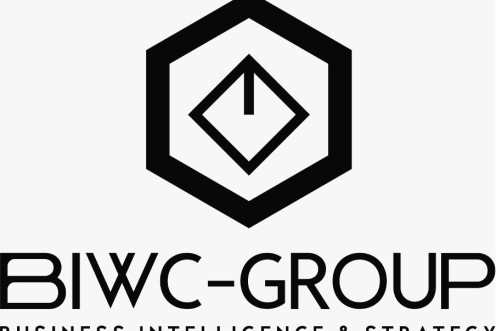The US Federal Reserve is set to cut interest rates for the first time in 2025, sparking opportunities across stocks, bonds, real estate, and savings strategies—here's what smart investors are doing now.
Investors are closely monitoring the Federal Reserve's two-day policy meeting, set to conclude Wednesday. Market expectations are high for a 25 basis-point interest rate cut, with the probability of such a move near 100%.
Senior White House official Stephen Miller vowed Monday that the Trump administration would dismantle an alleged "vast domestic terror movement" that he said led to the killing of right-wing activist Charlie Kirk last week.
Each founder on this list reflects the qualities Harrington values most: resilience, forward-thinking strategy, and a relentless drive to make an impact.
Alphabet's stock is still seen as undervalued despite a recent rally, with analysts citing cloud growth, AI investments, and a narrowing valuation gap as reasons Google may deliver further gains.
Spanish Prime Minister Pedro Sanchez called Monday for Israel to be barred from international sport over the Gaza war, as it emerged his government had also cancelled an $825 million military contract with the country.
The United States is "very close" to a deal with China to settle their dispute over TikTok, US Treasury Secretary Scott Bessent said Monday as the two sides resumed trade talks in Madrid.
China's economy showed further signs of weakness last month, with key data Monday revealing factory output and consumption rising at their weakest pace for around a year.
Asian markets were mixed Monday as traders geared up for an expected interest rate cut by the Federal Reserve this week.
Roughly 100 days after Elon Musk's dramatic departure from the Trump White House, federal workers are still grappling with the lasting damage from his Department of Government Efficiency (DOGE).
Donald Trump may adore Britain's royal family but the brash US leader could not be more different from King Charles III, a passionate environmentalist who is always strait-laced in public.
Spain's political class clashed over chaotic pro-Palestinian protests in Madrid that brought the Vuelta to a premature end Sunday, with the opposition accusing the leftist government of permitting an "international embarrassment".
Oblique Seville won Jamaica's first men's world 100m title in 10 years after outpacing Kishane Thompson and defending champion Noah Lyles for gold in Tokyo on Sunday.
Polish President Karol Nawrocki is due in Berlin for talks on Tuesday, with his past criticism of Germany looming over Warsaw's diplomatic drive to bolster allied support after a Russian drone incursion.
Botswana and southern African peers that built much of their prosperity on diamonds are scrambling for alternatives as cheaper, lab-grown stones threaten their economies.
The US Federal Reserve is widely expected to make its first interest rate cut of the year at its policy meeting this week, spurred by a weakening jobs market -- but political tension looms over the gathering.
Searing teen murder saga "Adolescence" and Hollywood satire "The Studio" are expected to be among the big winners at Sunday's Emmy Awards, television's equivalent of the Oscars.
Romania became the latest NATO member state to report a drone incursion into its airspace Saturday, as Poland scrambled aircraft in response to fresh Russian drone strikes just over the border in Ukraine.







































